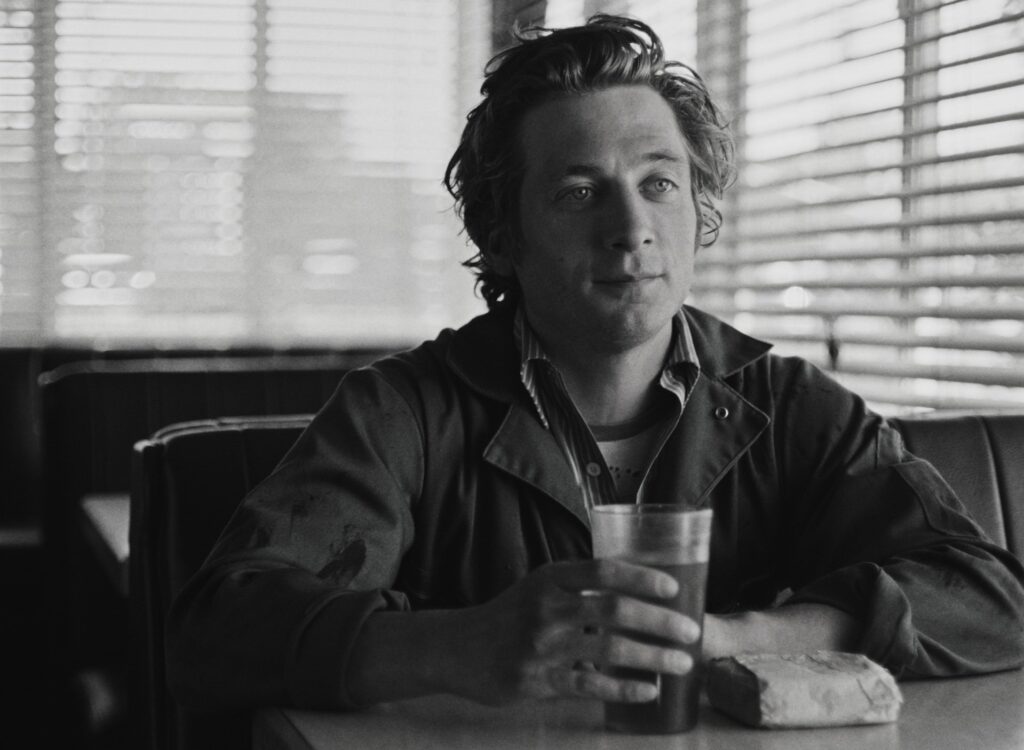Cameron: Fiction tends to give crime a glamorous sheen that otherwise doesn’t exist in the real world. Stray Bullets removes that sheen and leaves us with brutal, unforgiving and often sad violence. While comics are no stranger to the world of crime fiction, Ed Brubaker’s Criminal being a particularly exciting and pulpy example, David Lapham’s Stray Bullets is one of the best at stripping it down to its core. It’s human interaction at its ugliest.
The story itself is difficult to condense as (at least in volume 1) it’s more about characters than it is about plot. The story jumps back and forward through time over a period of a few decades, characters cross paths in ways you wouldn’t expect, and it makes it all feel like one big cohesive universe. It’s like a really slow burn Tarantino flick that never explodes into hyper violence. Instead, these sad characters continue to skate on the edge of disaster while their lives fizzle into nothingness.
Naturally this comic is black and white; bringing any colour into this world would feel disingenuous. Lapham writes and draws everything himself, and masters both forms. The dialogue isn’t stylised, nor is it stilted, instead flowing in the natural way people talk. The artwork manages to capture a fairly straightforward reality while allowing for a little artistic flourish.
I could write a thousand more words on why Stray Bullets is so good, but until you pick up the book and read it yourself you’ll never quite understand.
Alastair: Last week I was able to catch a screening of Pan’s Labyrinth up in Brisbane. I’m not particularly familiar with director Guillermo del Toro’s work (I think I might’ve seen bits and pieces of Hellboy), but I’ve liked what I’ve seen so far.
Pan’s Labyrinth follows a young girl – Ofelia – who moves to a military outpost with her pregnant mother to live with her brutal stepfather, a Captain in the Falangist faction of the Spanish Civil War. After following a fairy through an overgrown labyrinth, Ofelia encounters a Faun, who tells her that she is a lost princess from a subterranean magical realm. To reopen the gates to her kingdom, Ofelia must complete three tasks before the full moon – all the while dodging her increasingly abusive stepfather and avoiding the escalating conflict with the rebel Maquis fighters.
The movie had a rather polarising effect on me immediately after the screening – I loved the fantasy elements, particularly the design and ambiguous nature of the Faun, but was vehemently uninterested in the revolution/rebellion subplot. After a period of ‘digestion’ (read: thinking about stuff), I was able to appreciate the necessity of the brutal, ‘real world’ plot – the juxtaposition of the magical fantasy world and stark, grim reality really plays up the suggestion that the whole scenario is a figment of Ofelia’s imagination; a coping mechanism to deal with her frankly depressing situation.
One aspect of Pan’s Labyrinth that really leaves a lasting impression is the character of the Pale Man – he’s the guy with eyes in his hands. Yeah, that guy. Played by Doug Jones, the Pale Man absolutely exudes creepy. The combination of eye-hands, a zombie-like shamble and a habit of eating wayward children certainly makes for one scary bastard.
Pan’s Labyrinth is a definitive example of dark fantasy – brutal violence, horror elements and magical fantasy all blend together to create a fantastic art piece. It’s definitely not a kids’ film (it’d traumatise them), but it’s definitely worth watching.
Written by Cameron Urqhuart and Alastair McGibbon





